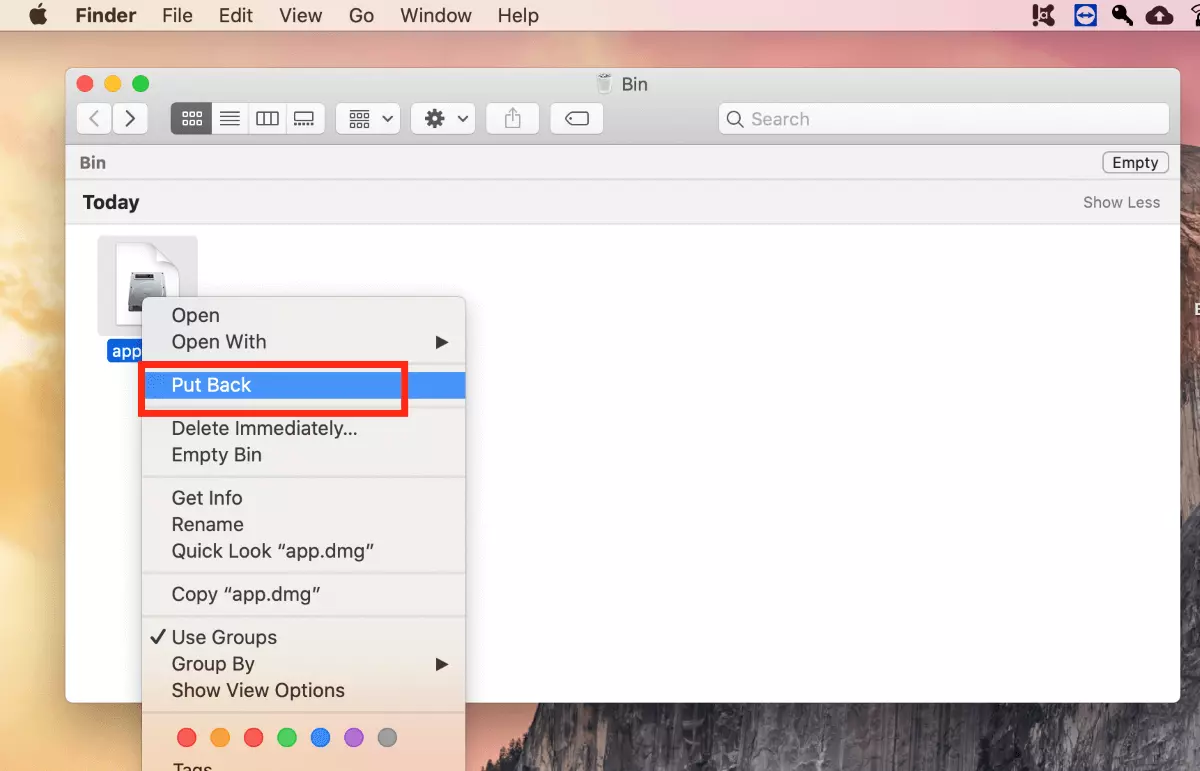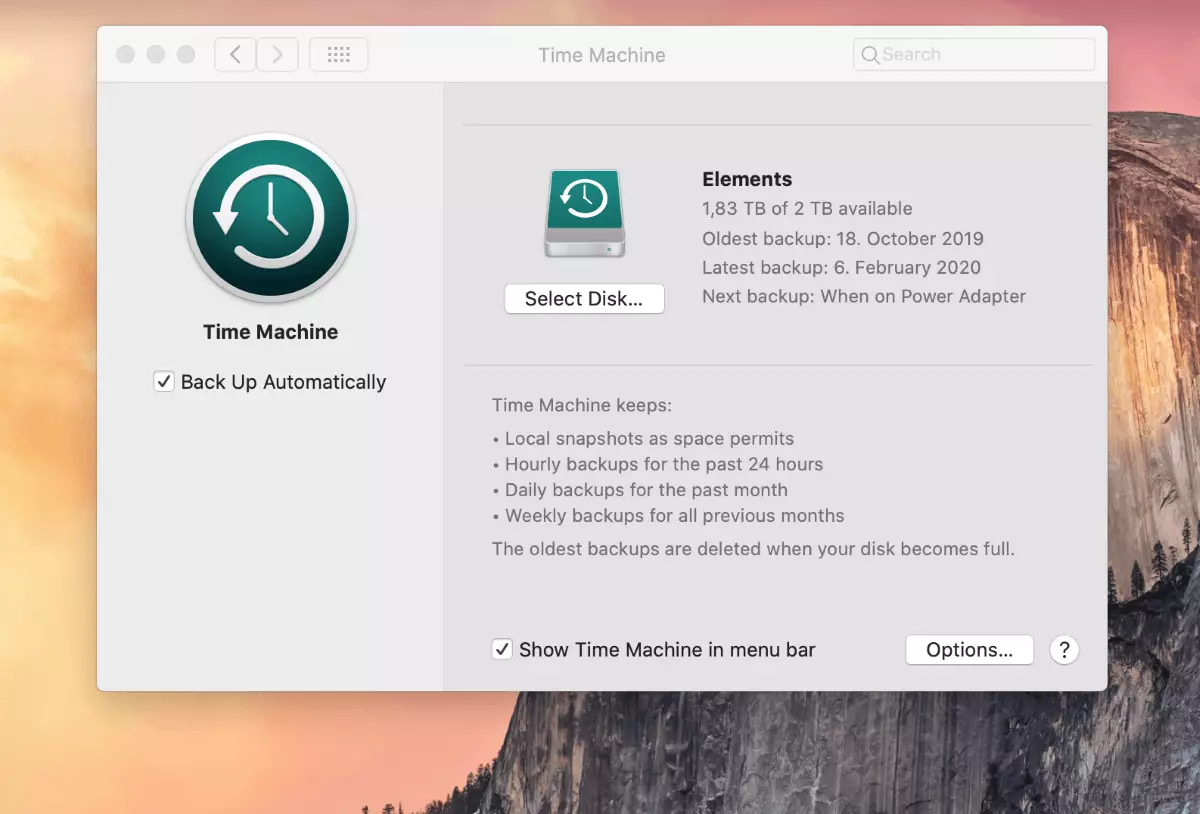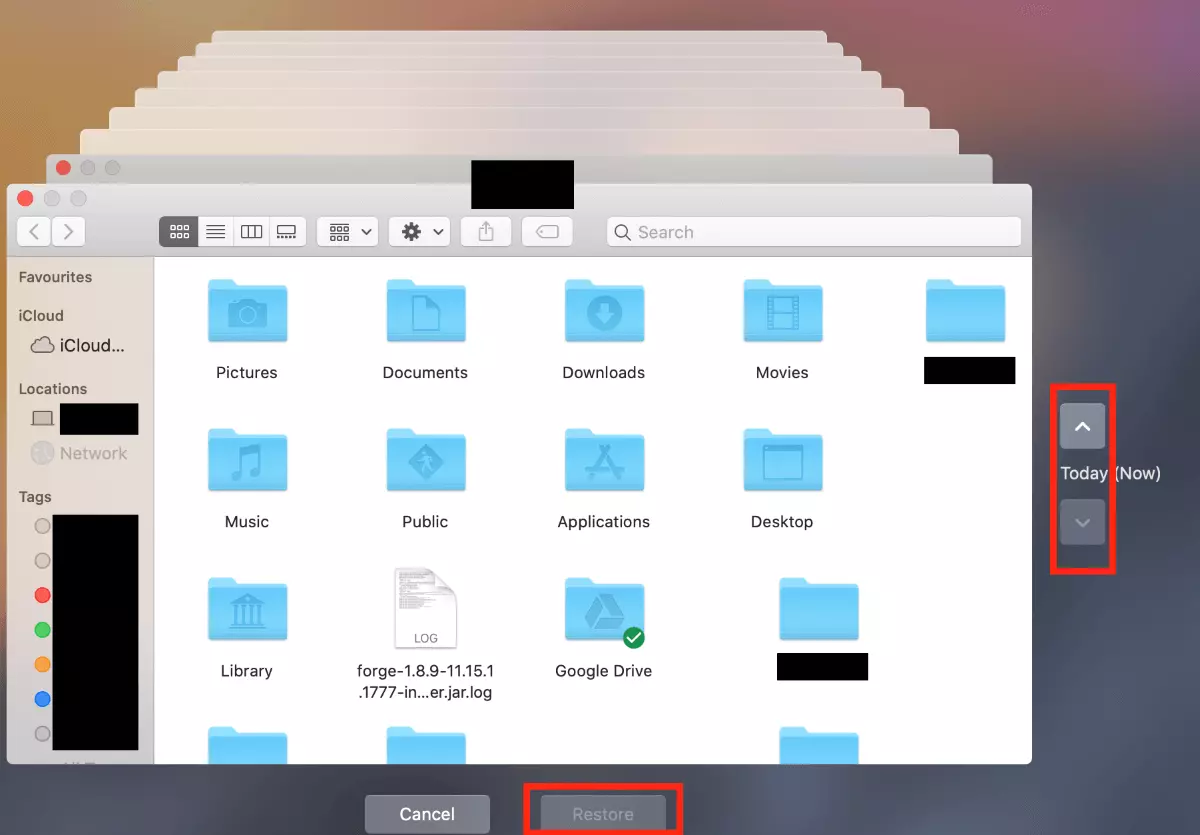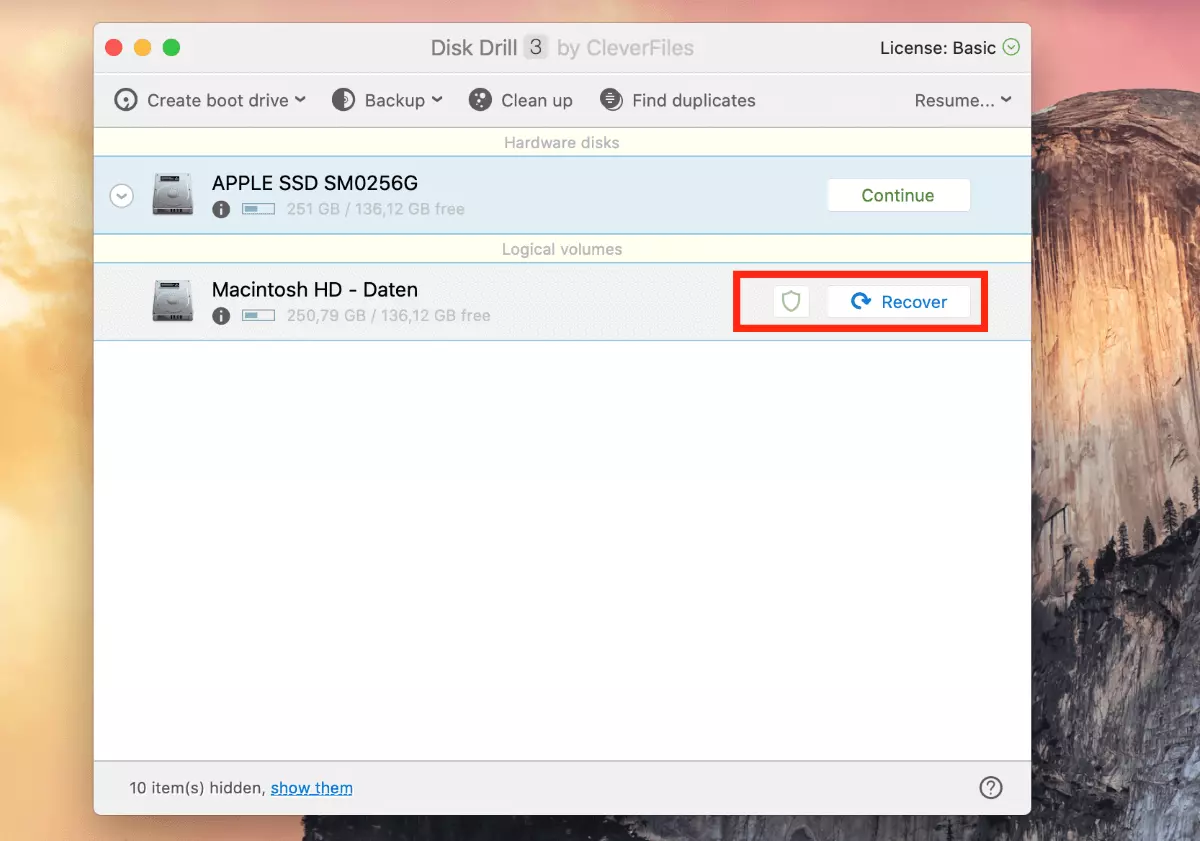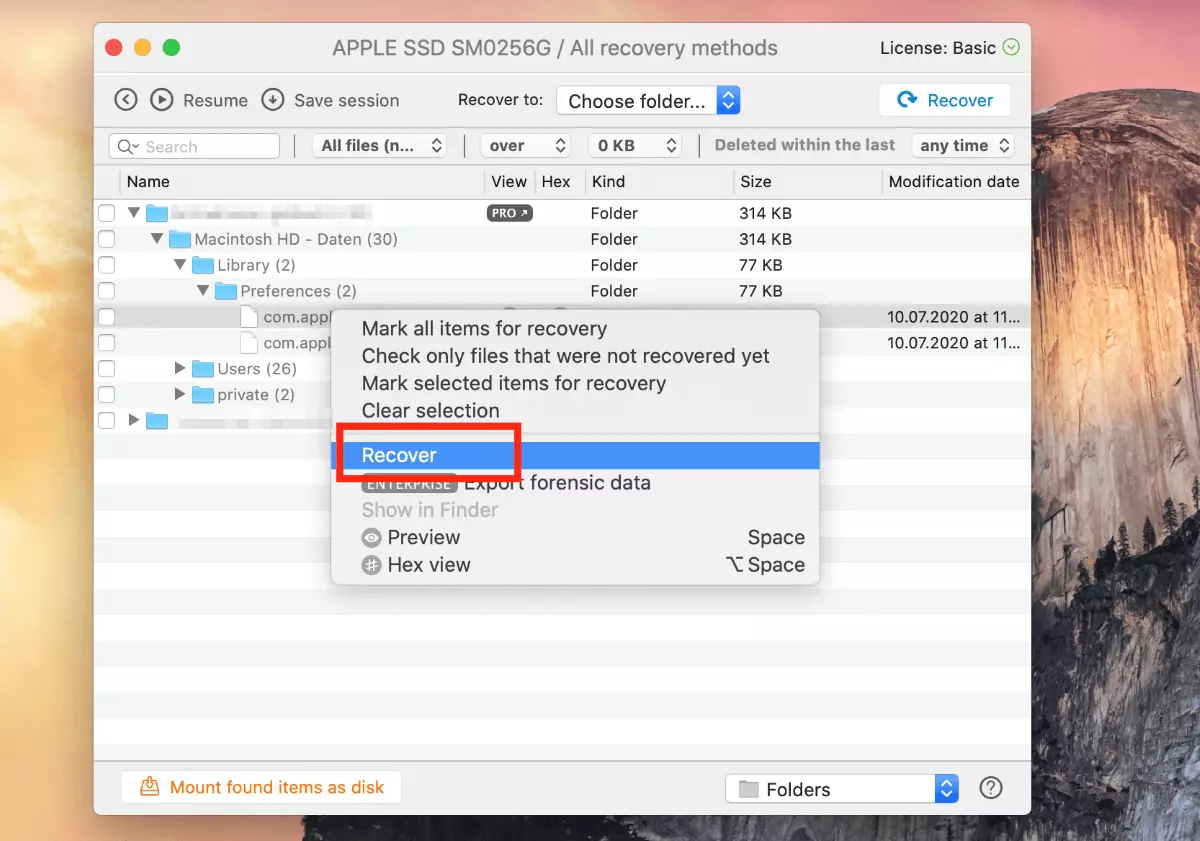Recover deleted files on Mac | How to
It’s happened to everyone at least once: You accidentally select a file and move it to the trash or unintentionally delete data that you urgently need. So what do you do if a family photo or important documents wind up in the Trash on your Mac? Fortunately, there are several ways to recover deleted data in macOS.
On every Mac, deleted files are first sent to the Trash. If the files are also deleted in the Trash, a copy is saved on the hard drive of your device. This copy is not overwritten by other data until later. In other words, even if you’ve already emptied the Trash, your data is not necessarily lost. In this guide, we’ll explain how to restore deleted data on your Mac, either from the Trash, an old backup, or directly from your hard drive.
Mac: recovering deleted files – a step-by-step guide
When you delete data on your Mac, it is first moved to the Trash. As long as the Trash has not been emptied, you always have the option to manually restore files from the Trash on a Mac. To do this, proceed as follows:
Step 1: Open Trash
Double-click the Trash icon in the dock. You’ll see a list of all files that are still in the Trash on your Mac.
Step 2: Select the file and move it to the desktop
To restore a file, double-click it and select “Put Back”. Alternatively, you can drag and drop the file back to the desktop or into another folder.
Did you delete a file on your USB flash drive or external hard drive? These devices have their own Trash, which is hidden. You can use a command to show this folder as well as other hidden files and folders on a Mac.
macOS: recovering deleted files using Time Machine
Time Machine is a native macOS application that automatically creates backups. These backups allow you to restore deleted files on your Mac in an emergency. Once configured, Time Machine backs up your applications and settings as well as other personal files at regular intervals.
You should create backups of your Mac regularly to prevent unwanted loss of data.
All you need is an external storage device such as an external hard drive or a USB drive with sufficient storage space. After connecting the device to your Mac, set up backup/recovery as follows:
Step 1: Configure Time Machine
Go to System Preferences and select the Time Machine backup application. Click “Select disk”, enter your storage device, and specify how often you want the application to create backups.
Recovering permanently deleted files on a Mac using Disk Drill
What if you can’t recover the deleted file from the Trash or using Time Machine? Fortunately, files that have apparently been permanently deleted can often be recovered on a Mac and are not necessarily lost forever. macOS stores files on the local hard drive until they are overwritten by other data. With special data recovery software and a bit of luck, you can locate and restore lost files on your hard drive.
For example, you can use a program called Disk Drill. This data recovery software scans your hard drive for deleted files that have not yet been overwritten by the system. The faster you react, the more likely it is that you can use Disk Drill to recover the file you want.
Even Downloading or installing Disk Drill could overwrite data on your hard drive. To be on the safe side, first download the software onto an external device such as a USB drive.
The free version of Disk Drill allows you to search your hard drive for deleted data. However, you need the full version to actually recover your data. Nonetheless, Disk Drill is useful for locating files that you think are lost. Once you’re certain that the file is still in your system after scanning your hard drive, you can download the full version and restore the deleted data on your Mac.
Step 1: Install Disk Drill and scan your hard drive
Install Disk Drill. Note that you need to give the application access to your hard drive. Then launch the application and click “Recover” next to the icon for the hard drive with the data you want to restore.
If you’re using a Microsoft operating system, you also have a range of options for restoring deleted files from the Windows Recycle Bin.

